This is how you measure nothing.
The Ion Space Propulsion Laboratory (ISP Lab) is engaged in measuring the level of vacuum within a space-simulation chamber, collecting data for research and development, and education aimed at advancing spacecraft technology. In other words, they're trying to measure space—the nothingness in-between. However, space is not actually empty, and that's a challenge for building and testing cutting-edge plasma thrusters that are used to propel satellites once they are already in space. Thrusters cannot be turned on in the presence of atmosphere due to fundamental crescendos and mechanics, leaving researchers with two options for testing them. Launch them unproven; create a vacuum in a laboratory.
The lighted hot-cathode ionization gauge measures the level of vacuum within a space-simulation chamber that enables ground-based testing of full-scale flight systems. The unit for measuring “nothing” in vacuum is the Torricelli, abbreviated as Torr. The vacuum measurement in the ISP Lab is often within 0.000001 Torr; the pressure in the chamber here is about one billionth of the pressure of the atmosphere we breathe—meaning a lot of zeros close to the level of nothing that exists in low-Earth orbit.
Michigan Technological University is a public research university founded in 1885 in Houghton, Michigan, and is home to more than 7,000 students from 55 countries around the world. Consistently ranked among the best universities in the country for return on investment, Michigan’s flagship technological university offers more than 120 undergraduate and graduate degree programs in science and technology, engineering, computing, forestry, business and economics, health professions, humanities, mathematics, social sciences, and the arts. The rural campus is situated just miles from Lake Superior in Michigan's Upper Peninsula, offering year-round opportunities for outdoor adventure.
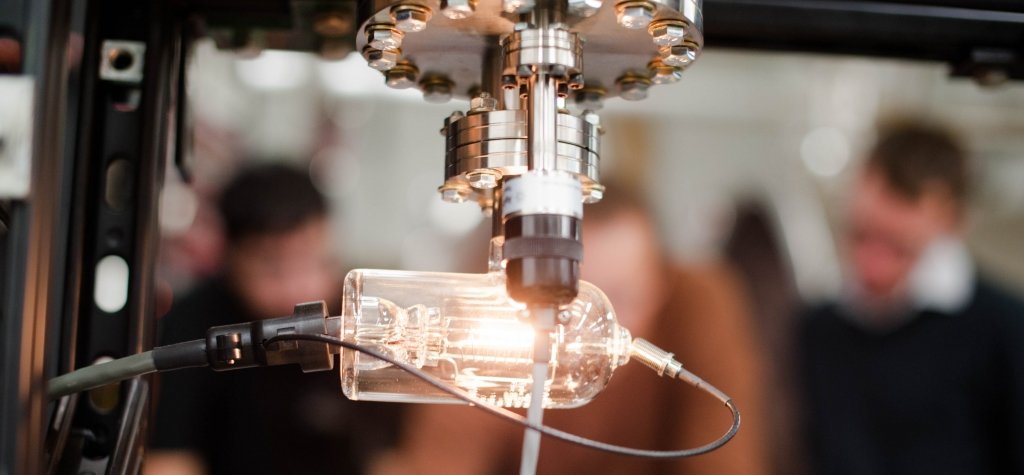

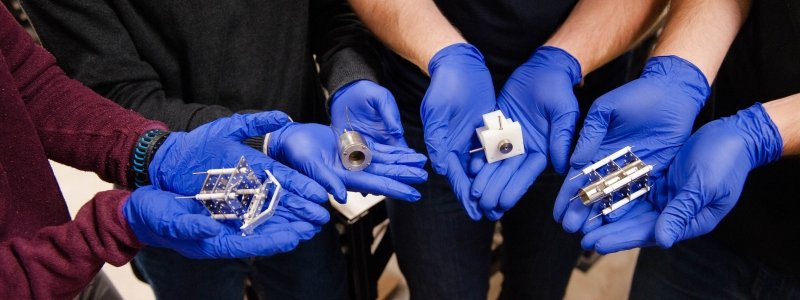
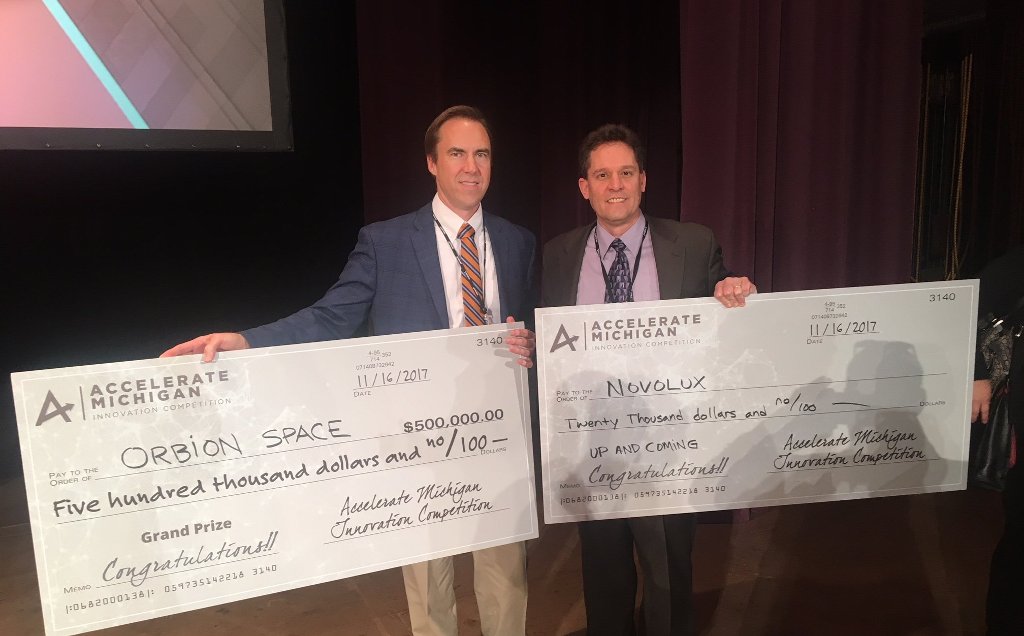

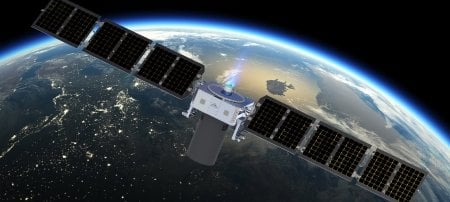
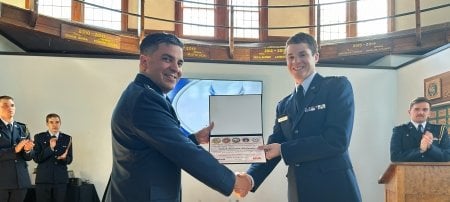
Comments